We think you’ll all agree that this is a great way to introduce 1816 in 2016, a year in which we will be celebrating the bicentenaries of many important Romantic events. If you want to contribute to the ‘On This Day’ series with a post on literary/historical events in 1816, please contact Anna Mercer (anna.mercer@york.ac.uk).
EVERY CLOUD: HOW ART AND LITERATURE BENEFITED FROM A YEAR WITHOUT SUMMER: Part II

Jane Austen by Cassandra Austen (c) 1810, National Portrait Gallery
The English novelist Jane Austen spent the summer of 1816 in the village of Chawton in Hampshire, where she shared a cottage with her sister Cassandra, her chronically ill mother and an assortment of nieces and nephews. In a letter to her niece Anna, written on June 23, 1816, Austen described how their neighbor Mrs. Digweed had been soaked to the skin by a rain shower she characterized as ‘beyond everything’. The appalling weather kept the author indoors: ‘Oh! It rains again; it beats against the window’, she told her nephew Edward, adding, ‘such weather gives one little temptation to be out. It is really too bad, and it has been for a long time, much worse that anybody can bear and I begin to think it will never be fine again’. On July 9, Austen, accompanied by her niece Mary Jane, attempted a jaunt to nearby Farringdon in the family’s donkey cart: ‘we were obliged to turn back before we got there’, she told Edward, ‘but not soon enough to avoid a Pelter all the way home’.
At the time, Austen was working on The Elliots, which she later renamed Persuasion. Although she had thought the book finished in July, as she sat indoors watching rain cascade down her windowpanes, she decided that she was dissatisfied with its ending and spent a further three weeks rewriting the final two chapters. By autumn, Austen’s health had deteriorated dramatically. Her back ached continuously and she felt unable to walk even a short distance. Although she blamed her wretchedness on rheumatism brought on by the unusually damp weather, her symptoms were indicative of something far more serious, possibly Addison’s disease, a tubercular disease of the kidneys. By winter she was housebound, but she remained stoic: ‘Air and exercise is what I want’ she assured her family. In May 1817, Jane Austen was taken by carriage in the pouring rain to Winchester Hospital where she died in the arms of her sister Cassandra on July 18, 1817.
The world had been forecast to end precisely twelve months earlier, on July 18, 1816. Seeking an explanation for the bizarre weather, a superstitious populace had concluded that such weird portents could only indicate an impending apocalypse. This supernatural thinking was forgivable. News of the eruption of Mount Tambora did not reach Europe for many months and, even if it had, the link between volcanic eruptions and unseasonal weather was not recognized until 1913, when William Jackson Humphreys, an American physicist and atmospheric researcher with the U. S. Weather Bureau, presented evidence to the Cleveland meeting of the Astronomical and Astrophysical Society of America. However, in the absence of a sound scientific explanation, news of the planet’s imminent demise was widely accepted. Such fear mongering prompted opium-addled poet Samuel Taylor Coleridge to remark ‘this end of the World Weather is sadly against me by preventing all exercise’. At the time, Coleridge had left his home in the Lake District and was living in London as a patient and houseguest of Dr. James Gillman, who had prescribed daily walks as an integral part of his treatment regime.
Attempts were made to calm the situation. While newspapers carried soothing editorials, clerics held public prayer services and recommended mass demonstrations of piety, but apocalyptic fear was fuelled by a series of sunspots, visible to the naked eye, which were interpreted as proof of the disintegration of the sun. Keen to strike a lighter note in the face of mass hysteria, English satirist William Hone published ‘Napoleon and the Spots on the Sun or the Regents Waltz’, a satirical ditty in which he claimed that Napoleon had escaped from the Island of St. Helena and invaded the sun in revenge for his defeat at Waterloo. The solution proposed by Hone involved catapulting the Prince of Wales, then Prince Regent, into space where he would engage in hand-to-hand combat with Britain’s nemesis.
The citizens of Europe had every reason to feel aggrieved with their rulers. During the early years of the nineteenth century, the entire continent had been ravaged by a serious of ruinous wars that left its populace ill-equipped to withstand the destruction wrought by devastating weather patterns. Bands of unemployed veterans recently returned from the grueling Napoleonic campaign now faced rocketing food prices, destitution and disease. They had surely had their fill of wet weather too. It had poured with rain on June 18, 1815, the eve of the Battle of Waterloo, turning the battlefield into a quagmire and compounding the horror of the occasion. By 1816, these battle-weary men were back in Britain, feeling abandoned by their rulers. In response to the lack of gratitude for the loyalty they had shown to the Crown, these men took to rioting in the streets, looting everything they could get their hands on and considering it no more than their due.
Widespread unrest culminated in the ‘Bread or Blood’ riots that erupted in East Anglia, home to painter John Constable who lived in the Suffolk village of East Bergholt. Constable, a committed Tory who had lost two cousins at Waterloo, had little patience with the band of armed veterans and laborers that marched on the cathedral town of Ely in protest at food shortages, holding the town’s magistrates hostage and fighting a running battle against the militia. Rather than incorporate the inclement weather into his work, as Turner had, Constable did precisely the opposite, painting idyllic representations of bucolic Albion as a reaction to this social and climactic upheaval; The Wheatfield and Flatford Mill, both painted in 1816, are examples of this.
As ever, enterprising folk found opportunity in a crisis. When the German oat crop failed, leaving people unable to feed their horses, the entrepreneurial Baron Karl Christian Ludwig von Drais de Sauerbrun enjoyed a sudden upsurge of interest in his latest invention, the bicycle. There were cultural benefits too: the spectacular sunsets and ominous sulphurous skies that lit the skies with bilious yellow and orange tints, found their way into the paintings of J.M.W. Turner and recent scientific analysis demonstrates that the works he completed in the years immediately following major volcanic eruptions contain significantly higher levels of red pigmentation in his extravagant sunsets. His Chichester Canal, which is included in the Tate Britain collection, captures the distinctive sepia hue so characteristic of refracted sunlight.
Turner paid a high price for accessing such beauty. He was dogged by bad weather all summer long and left Yorkshire to travel throughout continental Europe where conditions were, if anything, even worse than those he had endured at home. This caused him to exclaim:
Rain, Rain, Rain, day after day. Italy deluged, Switzerland a wash-pot, Neufchatel, Bienne and Morat Lakes all in one. All chance of getting over the Simplon or any of the passes now vanished like the morning mist.
Switzerland in particular was battered. Prodigious rainfall filled Lake Geneva, adding two meters to the water level and flooding low-lying districts for miles around. Homes were destroyed, livelihoods lost and livestock drowned, their bloated corpses found floating across the brimming lake. Turner arrived just in time to witness the disastrous wheat harvest that resulted in a serious flour shortage and inflated the price of a loaf of bread to the extent that Swiss dinner guests were asked, politely, to bring their own.
Eighteen-year-old Mary Wollstonecraft Godwin, who called herself Mary Shelley by then, had been in Switzerland since June 1816. Along with her lover, Percy Bysshe Shelley, and her stepsister, Claire Claremont, she was renting the modest Maison Chapuis on the southern shore of Lake Geneva, close to the opulent Villa Diodati that was occupied by Lord Byron and his entourage. Unremitting rain put paid to any plans for alpine walks, boating trips and sightseeing excursions. In her journal, Mary recorded: ‘it proved a wet, ungenial summer, and incessant rain often confined us for days to the house’. When Byron and Shelley embarked on a sailing trip to the medieval fortress of Château de Chillon, torrential rain delayed their return, obliging them to take refuge for two days in the Hôtel de L’Ancre in the lakeside resort of Ouchy. It was during this enforced hiatus that Byron wrote his narrative poem The Prisoner of Chillon.
Confined to Byron’s rented villa, the party huddled by the fireside, recounting chilling tales of the supernatural as lightning cleft the skies above and thunder reverberated off the mountains that surrounded them. Byron found the weather frustrating and complained of the ‘stupid mists, fogs and perpetual density’, but enforced confinement allowed him to complete several works including his autobiographical ‘Childe Harold’s Pilgrimage’, which includes a vivid description of the storms that raged across the lake as the ‘big rain comes dancing to the earth’. His apocalyptic poem ‘Darkness’, which describes an ‘icy Earth’ presided over by an ‘extinguished sun’, was written, by his own account, on ‘a celebrated dark day, on which fowls went to roost at noon, and the candles were lighted as at midnight’. It contains the line: ‘Morn came and went, and came, and brought no day’.
In late July, in defiance of the weather, the Shelleys set out to visit Mer de Glace, a vast glacier that nestled in the Chamonix Valley at the base of Mont Blanc, but a dense white mist descended and Mary recorded that ‘the rain continued in torrents’. Shelley incorporated the rain-swollen torrent of the River Arve into his poem ‘Mont Blanc: Lines written in the Vale of Chamouni’, and he used that image to denote great power. Although the weather curtailed their activities, all were enthralled by the frequent and frenetic thunderstorms that reverberated off the mountains, imbuing the landscape with a supernatural light. Mary described these tempests as ‘grander and more terrific than I have ever seen before’, and described in her journal how, as each discharge of lightning rent the clouds, the landscape was: ‘illuminated for an instant, when a pitchy blackness succeeded, and the thunder came in frightful bursts over our heads amid the darkness’.
Safe indoors, they would read aloud from Fantasmagoriana, a collection of ghost stories. In Shelley’s preface to Frankenstein, he described how hearing these stories ‘excited in us a playful desire of imitation’. Byron issued a challenge to those present that they should write a story ‘founded on some supernatural occurrence’; he started immediately on ‘A Fragment’, which is recognized as one of the first stories to feature a vampire and hailed as a key inspiration for Bram Stoker’s Dracula.

Percy Bysshe Shelley by Amelia Curren 1819, National Portrait Gallery

Lord Byron by Richard Westall, 1813, National Portrait Gallery
Although Mary struggled to settle on a theme, she found inspiration in a conversation between Byron and Shelley concerning the reanimation of a corpse. In her preface to the third edition of Frankenstein or the modern Prometheus, she described how her gothic tale of rejection and revenge was informed by a ‘waking dream’ that she experienced later that night, when the ‘bright and shining moon’ hanging over Lake Geneva shone through the shutters into the bedroom she shared with Shelley. This preface also mentions the ‘incessant rain’ that beat against the windows of the Villa Diodati, keeping them all indoors. Percussive rain accompanied the creation of Frankenstein and found its way into her story; ‘rain pattered dismally against the panes’ as the eponymous scientist gave life to his monster.
Mary punctuated her narrative with the thunderstorms that raged above. In one instance, Victor Frankenstein describes a storm that ‘advanced from behind the mountains of Jura’:
The thunder burst at once with frightful loudness from various quarters of the heavens. I remained, while the storm lasted, watching its progress with curiosity and delight. As I stood at the door, on a sudden I beheld a stream of fire issue from an old and beautiful oak, which stood about twenty yards from our house; and so soon as the dazzling light vanished, the oak had disappeared, and nothing remained but a blasted stump. When we visited it the next morning, we found the tree shattered in a singular manner. It was not splintered by the shock, but entirely reduced to thin ribbands of wood. I never beheld anything so utterly destroyed.
Later, he is described watching a terrifying storm from the same lakeside spot where Mary herself stood. His words echo almost exactly the entry Mary made in her journal on June 1, 1816:
…the darkness and storm increased every minute, and the thunder burst with a terrific crash over my head. It was echoed from Saleve, the Juras, and the Alps of Savoy; vivid flashes of lightning dazzled my eyes, illuminating the lake, making it appear like a vast sheet of fire; then for an instant everything seemed of a pitchy darkness, until the eye recovered itself from the preceding flash. The storm, as is often the case in Switzerland, appeared at once in various parts of the heavens.
Weather is inescapable in the works of the Romantics, and never before had they experienced the conditions that characterized the ‘year without summer’. Yet, had a benign Swiss summer encouraged Byron and the Shelleys to abandon their fireside tales and embark on Alpine walks instead, we might not have Frankenstein, or at a stretch, Dracula. Had clement weather permitted Jane Austen to leave her cottage in Chawton, her wonderful Persuasion might have a different, less satisfying ending. The incessant downpour that prevented J.M.W. Turner from entering Weathercote Cave swelled the Ure, the Washburn and the Wharfe, and filled the high glacial Malham Tarn, providing him with dramatic subjects at every turn. At Malham Cove, Turner painted the arc of a rainbow. He sketched children as they gazed down on the raging torrent at Cotter Force and he captured the torrential descent of the Aysgarth waterfalls. He even hired a guide to take him underground so that he could sketch Dow Cave by candlelight, keeping one ear to the roar of the swollen river. The old adage reminds us that every cloud has a silver lining. Certainly, there was no shortage of clouds during the bleak summer of 1816 and the dramatic weather that prevailed permeates some of our best loved art and literature.
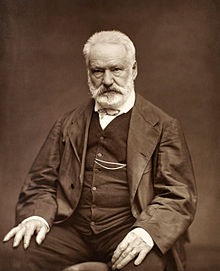
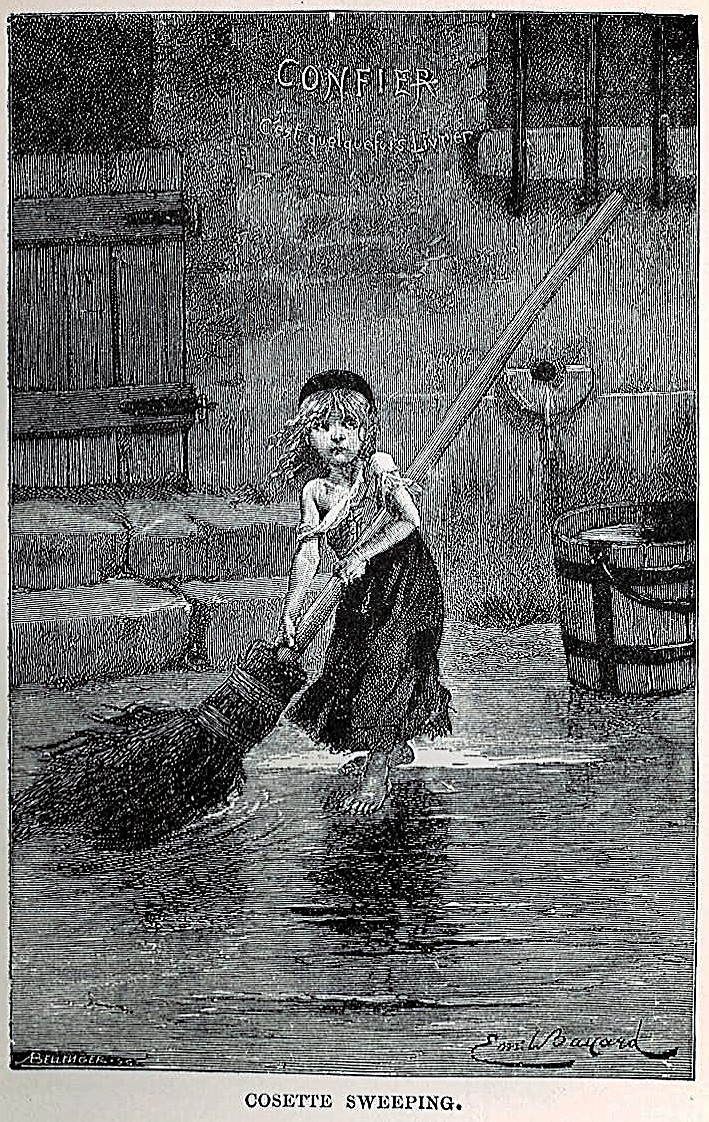
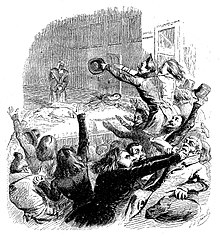




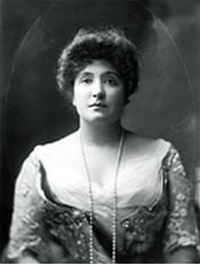




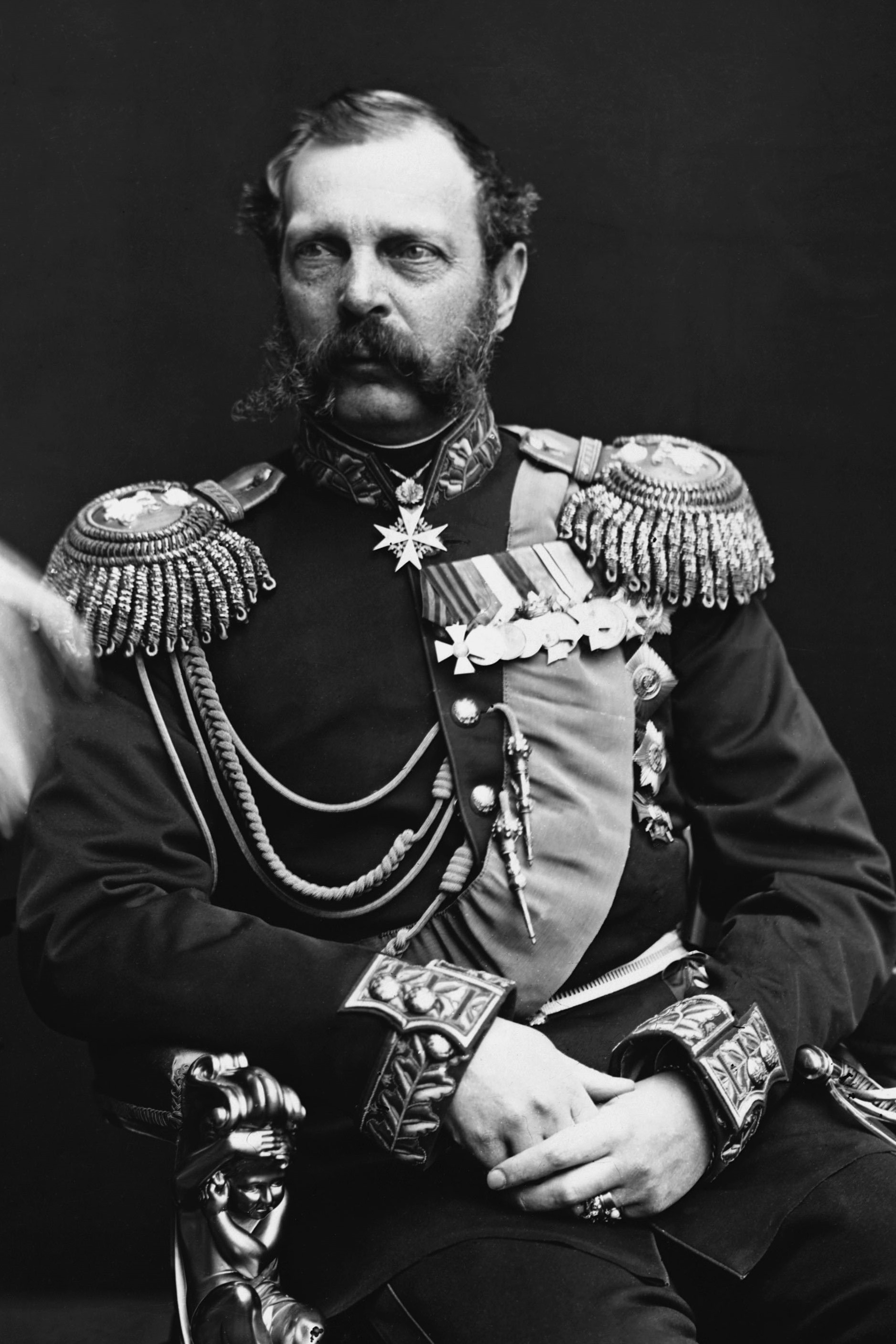


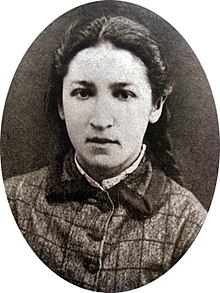









 A passionate believer in networking for women, Croly founded the Women’s Parliament in 1856. She also established the General Federation of Women’s Clubs, and the New York Women’s Press Club. The elite members of her own New York Women’s Club campaigned for education, improved working conditions and better healthcare for women. She responded to the exclusion of women journalists, herself included, from an honorary dinner organised for Charles Dickens by the New York Press Club by founding
A passionate believer in networking for women, Croly founded the Women’s Parliament in 1856. She also established the General Federation of Women’s Clubs, and the New York Women’s Press Club. The elite members of her own New York Women’s Club campaigned for education, improved working conditions and better healthcare for women. She responded to the exclusion of women journalists, herself included, from an honorary dinner organised for Charles Dickens by the New York Press Club by founding 



